Jack the Ripper
The Unsolved Mystery of Victorian London
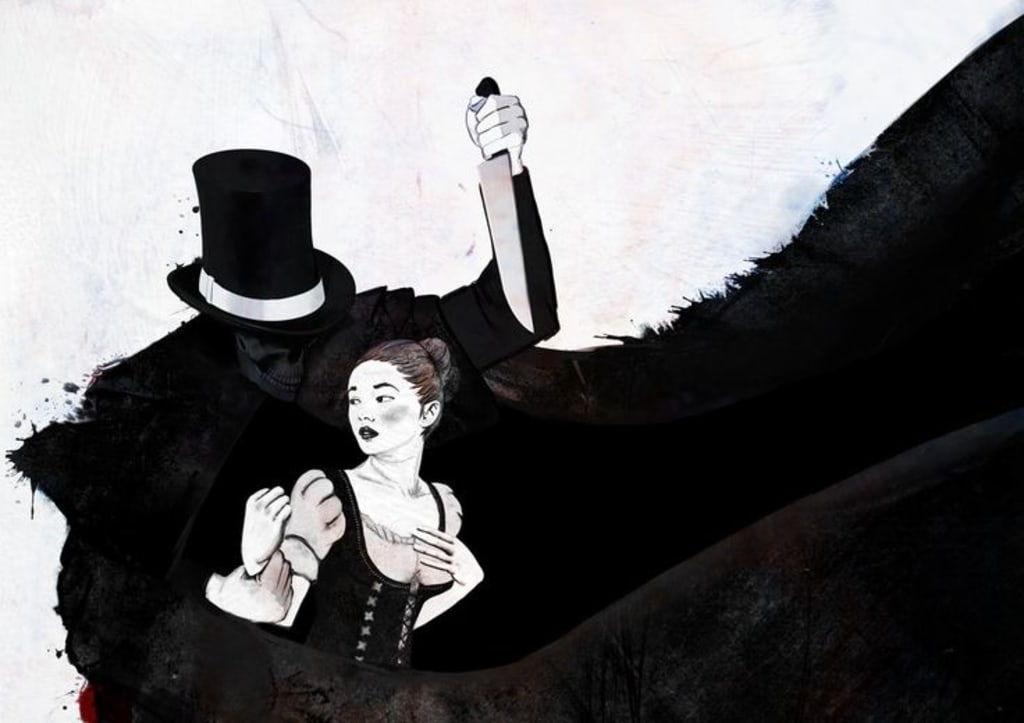
In the dark, fog-laden streets of Victorian London, a shadowy figure known only as Jack the Ripper carried out a series of brutal murders that would cement his place as one of history's most infamous and enigmatic serial killers. The gruesome slayings in 1888, concentrated in the Whitechapel district, have captivated the public's imagination for over a century, spawning countless theories, books, and movies. Despite extensive investigation and modern forensic techniques, the true identity of Jack the Ripper remains one of the greatest unsolved mysteries in criminal history.
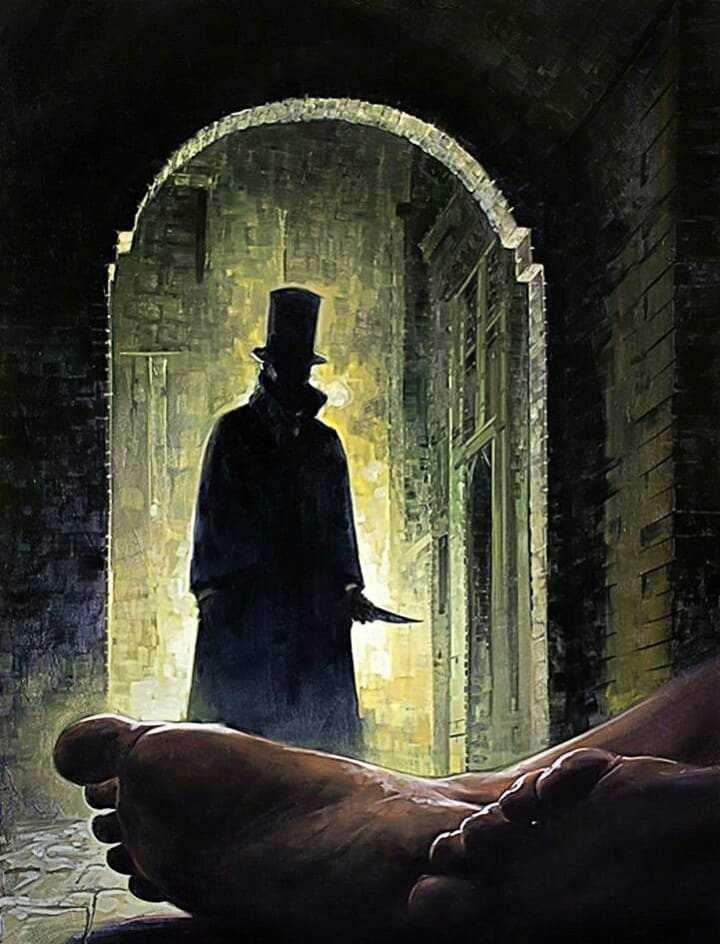
The Murders
The Jack the Ripper case officially involves the murders of five women, although some believe he may have had more victims. The canonical five victims were Mary Ann Nichols, Annie Chapman, Elizabeth Stride, Catherine Eddowes, and Mary Jane Kelly. All were prostitutes, and their bodies were found with their throats slashed and, in most cases, severe abdominal mutilations. The brutality and precision of the killings suggested a certain level of anatomical knowledge, leading some to speculate that the Ripper could have been a butcher or a surgeon.
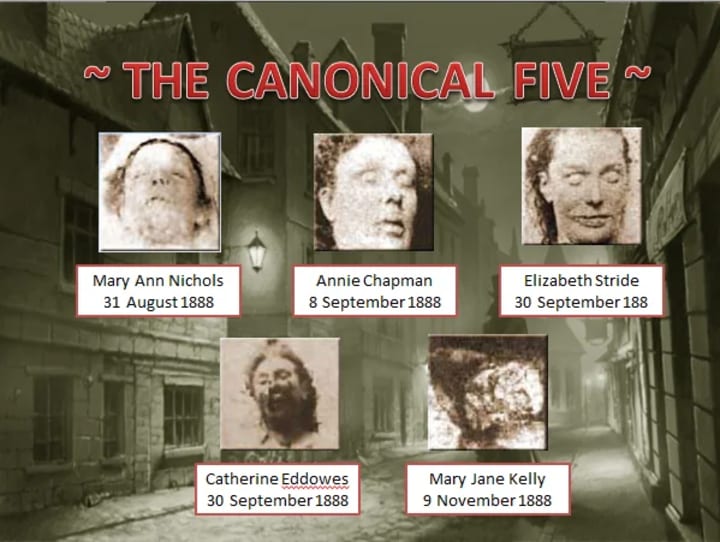
The murders took place between August and November 1888, a period known as the "Autumn of Terror." Each crime scene was more horrific than the last, with the killer displaying increasing boldness. The final victim, Mary Jane Kelly, was found in her small room, her body so mutilated that identification was nearly impossible.
The Investigation
The Metropolitan Police and Scotland Yard launched an extensive investigation, which included door-to-door inquiries, questioning of suspects, and even using bloodhounds to track the killer. However, the primitive forensic techniques of the time severely hampered their efforts. The police received hundreds of letters claiming to be from the killer, but only a few were deemed credible. The most infamous of these was the "Dear Boss" letter, in which the writer signed off as "Jack the Ripper," thus coining the name that would become infamous worldwide.
Inspector Frederick Abberline, one of the lead detectives on the case, worked tirelessly to uncover the identity of the Ripper. Despite his efforts and those of his colleagues, the investigation was plagued by false leads and public hysteria. The lack of concrete evidence and reliable witnesses made it difficult to narrow down the suspect list.
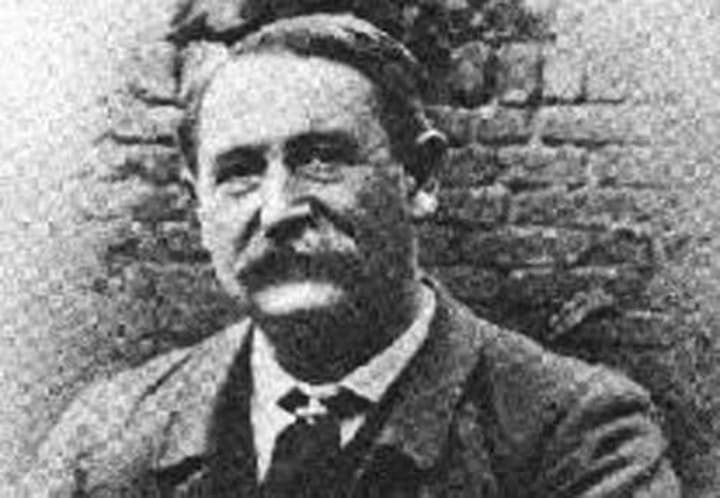
The Suspects
Over the years, numerous suspects have been proposed, ranging from local butchers and doctors to more high-profile individuals. Some of the most notable suspects include:
Montague John Druitt: A barrister and teacher who committed suicide shortly after the last murder, Druitt was believed to have had a mental breakdown.
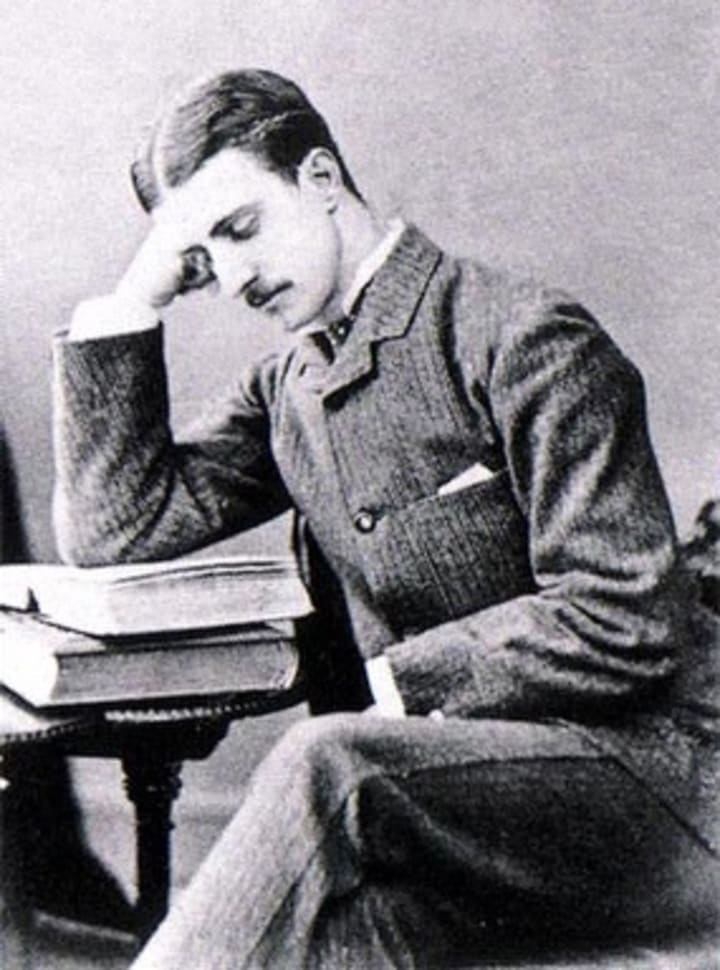
Aaron Kosminski: A Polish immigrant and barber, Kosminski was known to have a severe mental illness and a deep hatred for women, making him a prime suspect in the eyes of some investigators.

Prince Albert Victor: Grandson of Queen Victoria, Prince Albert Victor was rumored to be involved due to his alleged ties to the Whitechapel area and his reported mental instability. This theory, however, has been largely debunked.
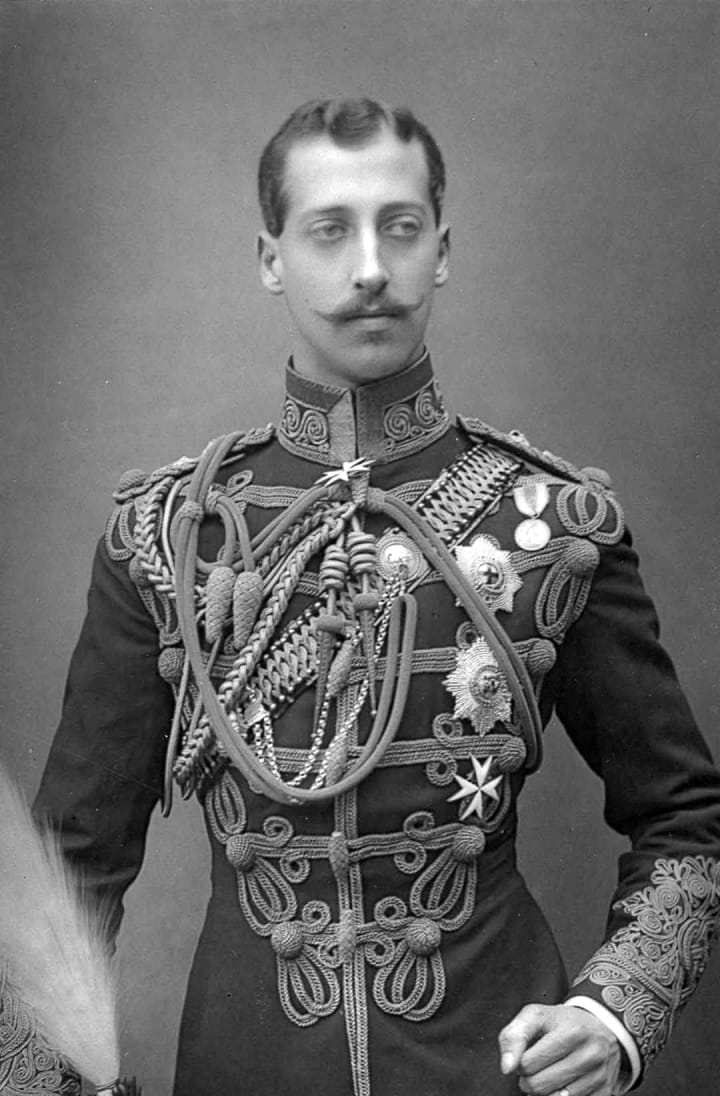
Walter Sickert: A prominent artist, Sickert was later suggested as a suspect by crime novelist Patricia Cornwell, who claimed to have found forensic evidence linking him to the murders. This theory remains controversial and widely disputed.

The Legacy
Jack the Ripper's reign of terror ended as abruptly as it began, with the final murder occurring in November 1888. The case was never officially solved, and the true identity of the Ripper remains a subject of endless speculation and debate. The mystery has inspired a vast body of literature, film, and even tourism in the Whitechapel area, where guided tours recount the horrific details of the murders.

The enduring fascination with Jack the Ripper can be attributed to several factors: the grisly nature of the crimes, the Victorian backdrop, and the tantalizing mystery of the killer's identity. The case has also had a lasting impact on criminal investigation techniques, highlighting the need for better forensic methods and the importance of preserving crime scene evidence.
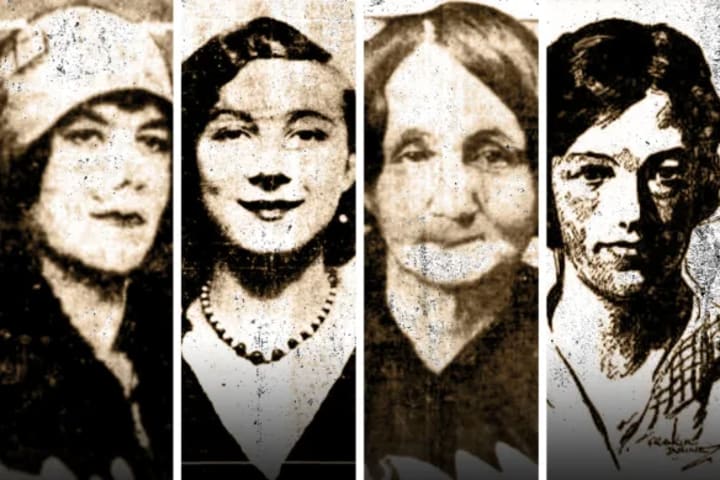
In the annals of criminal history, few names evoke as much fear and intrigue as Jack the Ripper. As long as the identity of Jack the Ripper remains unknown, the legend of the Whitechapel murderer will continue to haunt and fascinate generations to come.
About the Creator
Gokul Nath
Hi, my name is Gokulnath Jeyaraj.
I am a weaver of words, a conjurer of dreams, a poet. My work is characterized by wonder, curiosity, and deep empathy for the human experience.
Enjoyed the story? Support the Creator.
Subscribe for free to receive all their stories in your feed. You could also pledge your support or give them a one-off tip, letting them know you appreciate their work.






Comments
There are no comments for this story
Be the first to respond and start the conversation.